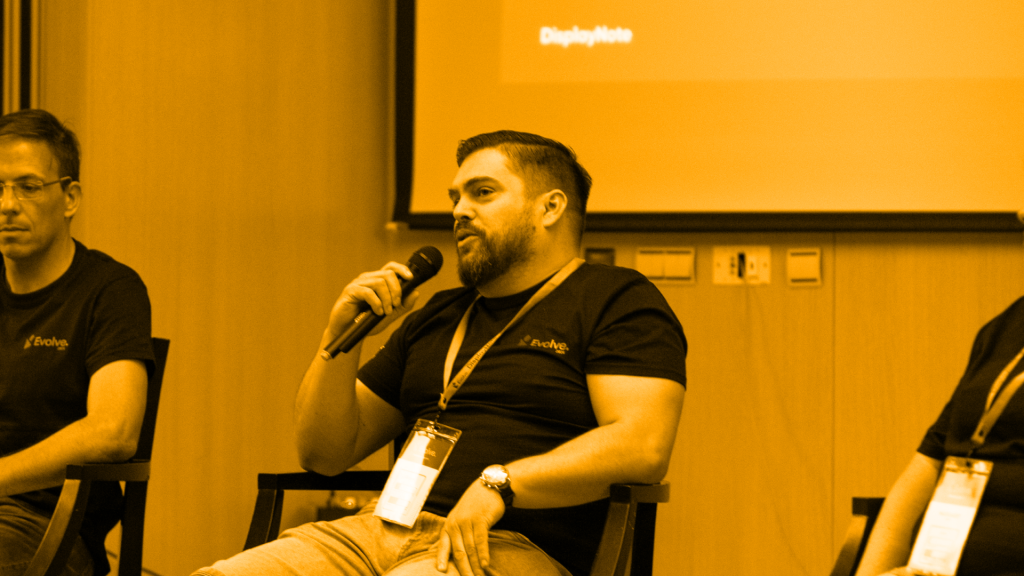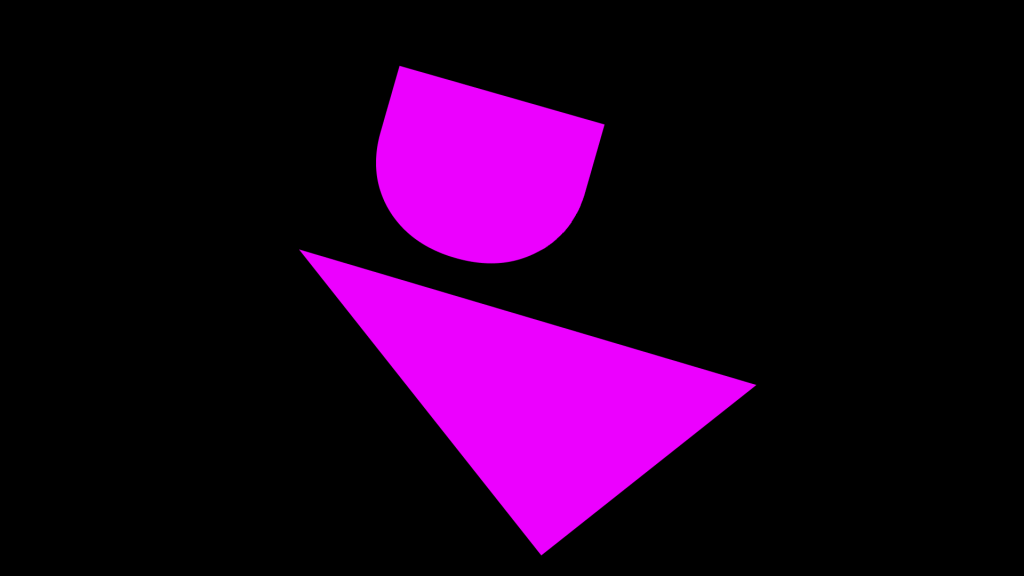
Wireless collaboration increased marketing leads by 30%.
Hello, my name is Connor, is there anything I can help you with?
That little phrase you just read? Those 13 words helped us make our marketing more conversational, increase leads by over 30% and boost sales.
Before I tell you how, let me set the scene a little.
As a marketing team, one our core belief is that marketing should be a conversation not just a one way communications stream. It’s two-way, meaning we try to get to know the person we’re communicating with, listen to their responses and adjust our messages accordingly. It’s the very reason we attend a lot of shows and place emphasis on picking up the phone to our customers.
So when we, as a marketing team, sit down for our monthly strategic reviews, we’re always looking for ways to make marketing communications more conversational. An area we identified as ripe for improvement was our web chat.
As it stood, our web chat was very much reactive. There was a Zendesk pop up that site visitors could open and type into if they needed assistance. The requests via chat were low and mostly support related. But we had many web visitors, which by far outweighed the amount of web forms which were being completed. Surely these web visitors were there for a reason and surely we didn’t answer all their questions with our website content alone?
So, time to change things
Taking the conversational mind-set, we decided to take the initiative and say hello and to see if there was anything we could help with. The tone, we decided, should be like a shop assistant in an upmarket boutique: friendly, confident but not too pushy: if a web visitor wanted to be left alone we gave them their space.
On the surface this looked like it would be an easy process to implement: set up a timed, automatic trigger in Zendesk that started the conversation.
The trigger?
Hello, my name is Connor, is there anything I can help you with?
But like all seemingly simple things, the design is 99% invisible and right away questions like these sprang to mind:
- What happens if something starts off as support and moves to a sales query?
- Or vice versa?
- How do we keep consistency of tone?
- What if there was a question we couldn’t answer?
- What will this all feel like for the most important person: the customer?
After deciding on and implementing the zendesk set up – writing the opening line, deciding when and on what page it should trigger and what stage agents should pass the baton (from support to sales for example) – it was then that collaboration played its part in the execution and implementation .
The problem was this:
We needed to see workflows from 4 different people at the same time.
- The customer: we needed to walk a mile in his/her shoes as he/she interacted with chat
- Support Agent: the first person to react
- Sales: Someone that would pick up the baton when it was clear there was a sales opportunity
- Marketing: we needed to see that our workflows worked in practice and didn’t fall over on first contact with the customer.
The Solution

Montage, our wireless presentation system
So, we set up a session where 4 people streamed from their device to the main display. Support Team, Sales, Marketing and someone played the part of the customer.
The customer would go on to the site, browse, then react with the chat in lots of different ways. Technical questions that became a sales request, straight up sales questions, price queries, high level requests from potential OEM partners…the whole gambit.
What’s interesting though, is that for the test to resemble reality, the agents

Connecting Remotely
We worked through scenarios for about an hour, using the main screen for that holistic view of the whole process in action, chatting to the remote connection using Montage’s in-app video calling.
After all 4 people were happy with the process, it was time to press go and start in earnest.
Results
The results were instant: chat interactions went way up on a daily basis (70%+ increase) and it became clear that visitors had questions but just needed a prompt from another human.
Sales Requests and Marketing Leads jumped too – with an increase of over 30% each day. For example, we’d have visitors that were, in their own words, just looking but they came back to the chat with questions like ‘do you have a dealer in X Country?’ Or, we’d get questions about pricing for a product and it transpired that the product in question wasn’t a good fit and it was another one of our products that would solve their problem.
Wireless Collaboration: When Execution Time Matters
The benefits of a conversational approach to marketing were evident – customers were and are happy to engage with the chat function and our teams booked more demos, made more sales and fixed more problems for customers.
I think that without a wireless presentation system in place, yes we could have role-played scenarios but not as quickly, as clearly or as realistically. I’m seeing alternative sessions with one guy standing at the front turning his screen around for everyone to see, or another method involving screenshots and user journeys taped to a large wall.
All perfectly fine mind you, but too time consuming and too costly, especially when you think of all those customers that you could have been having conversations with.
Goodbye, thanks for chatting to me today. My name is Ed , anything more I can help you with?

Want to stay in the loop?
Keep up-to-date with everything DisplayNote – including new releases, job openings, and customer giveaways.
Don’t worry, we’ll not spam you and we’ll never share your email with anyone






